Physical Address
304 North Cardinal St.
Dorchester Center, MA 02124
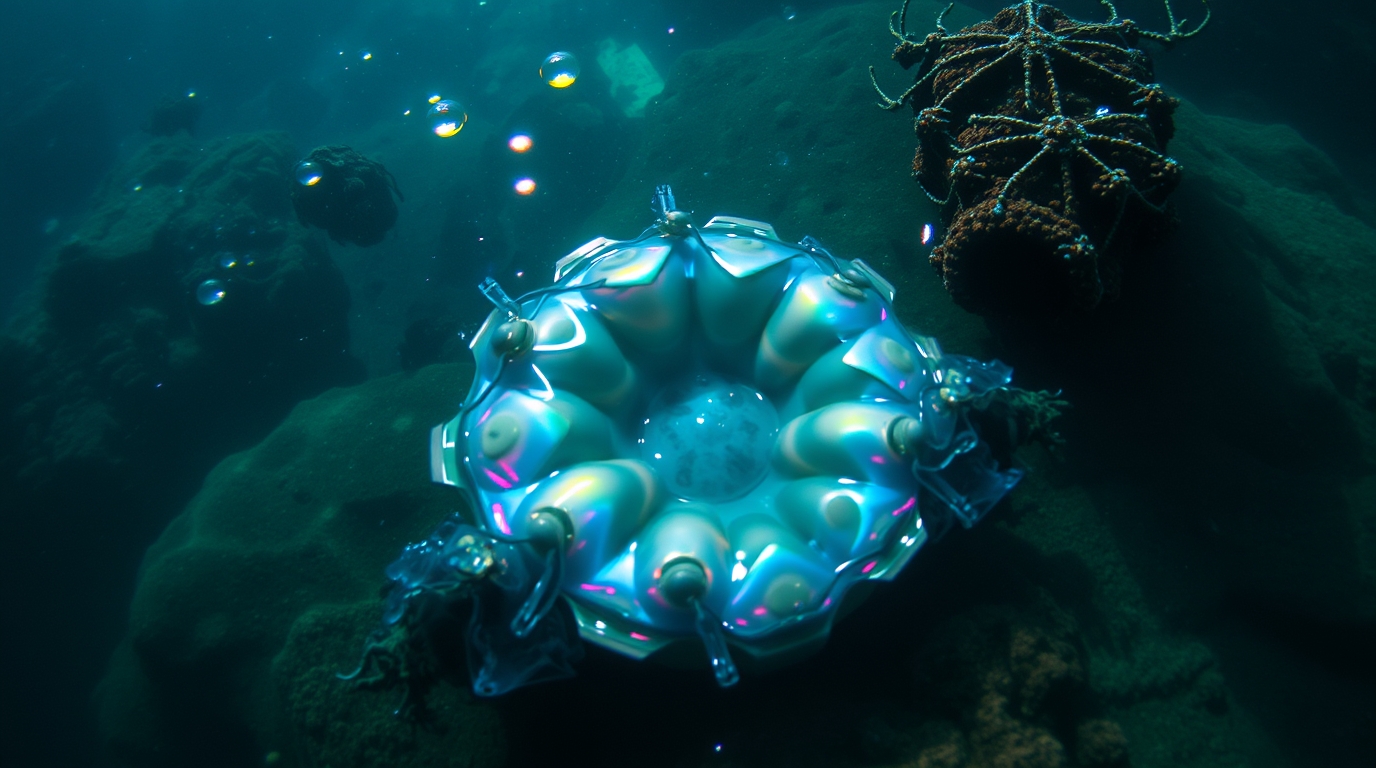
Hidden beneath the crushing weight of the ocean lies one of Earth’s most astonishing and least understood habitats: methane seep ecosystems. These surreal, chemically charged environments—where methane bubbles rise from the seafloor—sustain rich, alien-like communities of life entirely independent of sunlight. While invisible to the average observer, methane seeps are vibrant oases in the deep, demonstrating nature’s ability to innovate life against all odds.
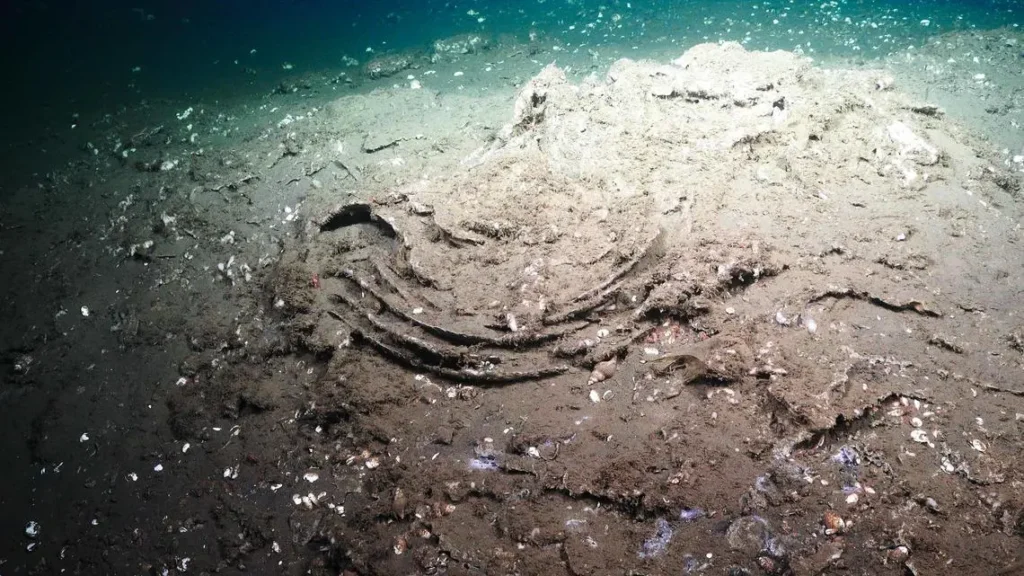
Methane seeps are areas on the ocean floor where methane gas escapes from beneath the Earth’s crust into the surrounding seawater. Unlike hydrothermal vents, which spew scalding, mineral-rich water, methane seeps are cooler but chemically rich. These sites fuel complex ecosystems through a process known as chemosynthesis, where bacteria and archaea convert methane into energy, forming the base of the food web.
Why it matters: Methane seeps serve not only as biodiversity hotspots but also as vital components in the global carbon cycle, acting as buffers that reduce the release of methane—a potent greenhouse gas—into the atmosphere.
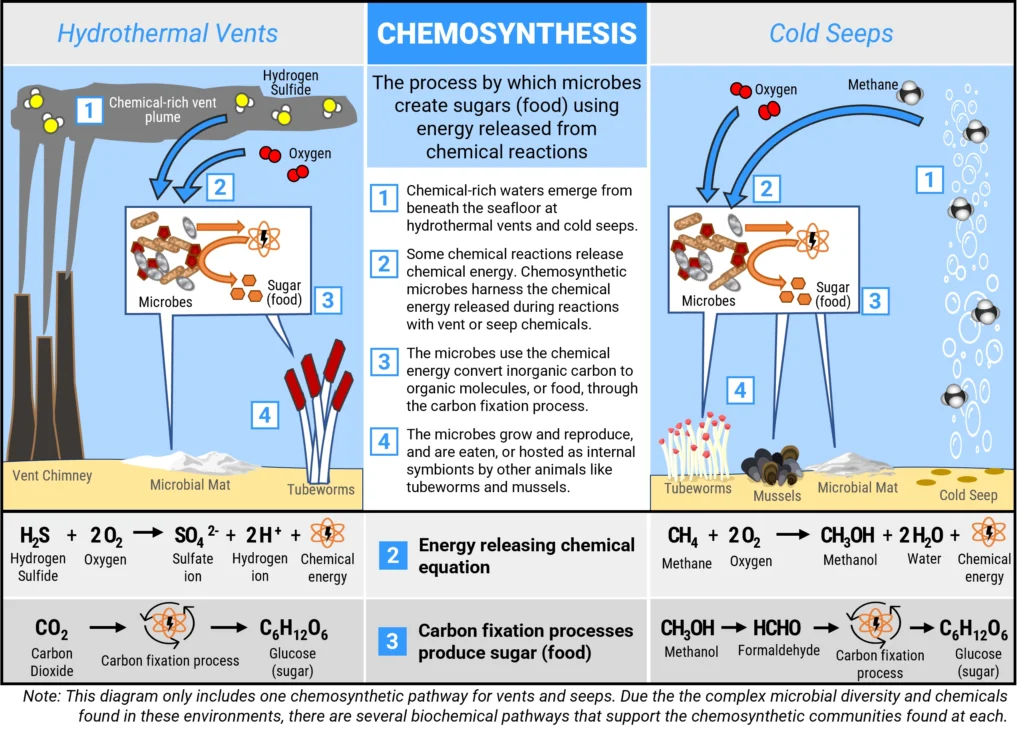
Sunlight never reaches the ocean’s dark depths, so traditional photosynthesis is impossible. Instead, life here revolves around chemosynthesis—a process where microbes derive energy from methane or hydrogen sulfide. These microbes form microbial mats, cling to rocks, and live symbiotically inside larger animals.
Interesting fact: These microbial processes prevent large quantities of methane from escaping into the ocean and atmosphere, acting as a natural climate regulator.
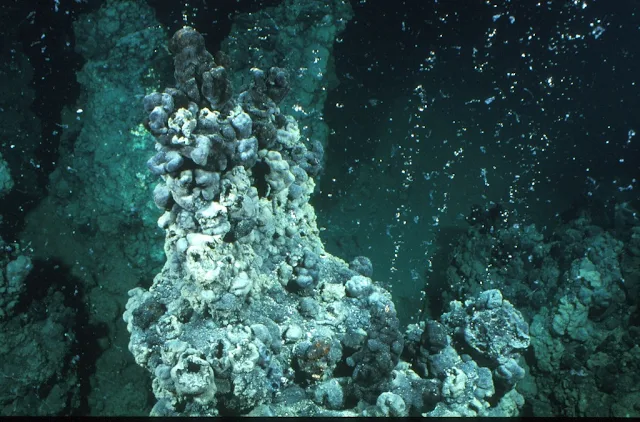
Despite their toxic chemistry and pitch-black environment, methane seeps support diverse and bizarre life forms that cannot survive elsewhere.
Methane Mussels (Bathymodiolus spp.)
These mussels host methane-oxidizing bacteria inside their gill tissues, forming a mutualistic partnership. The bacteria feed on methane, supplying the mussel with nutrients, while the mussel provides a safe home and access to gas-rich water.
Also known as Vestimentiferans, these long, red-plumed worms anchor themselves in seep sediments. They lack a digestive system entirely and rely wholly on internal symbiotic bacteria for survival.
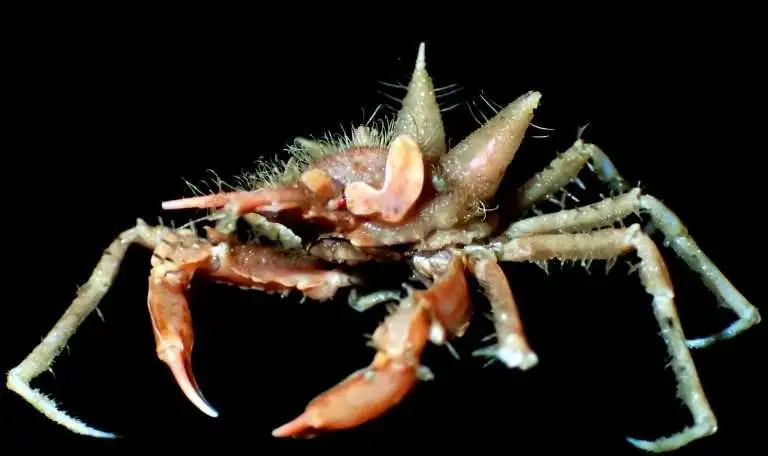
Species such as Galatheid crabs and alvinocaridid shrimp roam seeps in search of microbial mats, dead organic matter, or other small creatures. Some are known to host bacteria on their exoskeletons, grazing on their own bio-coating.
Eelpouts and Hagfish
Some deep-sea fish have adapted to tolerate high concentrations of methane and hydrogen sulfide. They prey on invertebrates or scavenge remains near seeps.
Real-world example: Off the coast of Costa Rica, entire forests of methane-fueled tubeworms and mussel beds have been discovered, supporting layers of animal communities stacked upon each other.
Microorganisms are the unsung heroes of methane seep ecosystems. They not only fuel the food web but also physically shape the habitat.
New Insight: Recent discoveries have shown that some microbes in methane seeps can even “breathe metals” like manganese and iron—an astonishing metabolic feat.
Methane seeps are found along continental margins, submarine canyons, and even beneath Arctic permafrost. Some of the most studied locations include:
While methane seeps may appear rare, they are actually widespread, and new ones are being discovered with the help of ROVs (Remotely Operated Vehicles) and seafloor mapping technologies.
Key ecological contributions:
Though far from human eyes, methane seeps are not immune to our influence.
Seep regions are often located near hydrocarbon reserves. Industrial activity disturbs sediments, damages habitats, and releases trapped gases.
Methane hydrate mining and polymetallic nodule extraction threaten the fragile microbial structures and slow-growing animal communities.
Warming oceans may destabilize methane hydrates trapped in seabeds, leading to large methane releases and altering the delicate chemical balance seep life depends on.
Alarming concern: Arctic methane seeps are expanding as ice melts, releasing gas plumes that may accelerate global warming in feedback loops.
Studying methane seeps requires a mix of advanced technology and creative fieldwork.
Breakthrough example: DNA sequencing of seep microbes led to the discovery of novel enzymes that could be used in biotechnology and bioremediation.
Methane seep ecosystems are not just deep-sea curiosities—they’re vital components of Earth’s ecological balance. They defy expectations, showing how life adapts to thrive in darkness, toxicity, and pressure. These systems reduce greenhouse gas emissions, nurture untold biodiversity, and may even hold answers to life’s origins on Earth—and perhaps, other planets.
As exploration continues, it is essential to protect these fragile environments. The secrets locked within methane seeps could reshape our understanding of biology, climate, and sustainability—if we safeguard them before it’s too late.